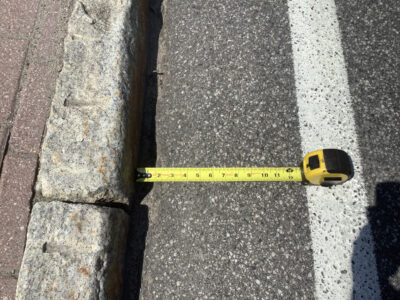Soft spot on baby’s head

(Provided photo)
Parents have been heading my way with lots of questions about that soft spot on a baby’s head; why is it there and when it will go away?
I have a soft spot for fielding these concerns so let me share some information on this topic.
The soft spot on the top of a newborn’s head between the bones of the skull is called the fontanelle.
If you feel the top of your newborn’s head, you may not only feel one on top of your baby’s head (which we call the anterior fontanelle), but also a much smaller one at the back of the head (what we call the posterior fontanelle).
Having these soft spots at birth is completely normal and believe it or not — important for the flexibility of the skull to fit through the birth canal and for the development of a baby’s brain and skull once birth has occurred.
The posterior fontanelle usually closes by the time a baby is two months old, and the anterior fontanelle closes off usually by the time a child is over two years of age — most commonly between nine and 18 months of age.
If a fontanelle closes too soon, that may be because of a problem with too much thyroid hormone being produced and accelerating closure or because the plates of the skull closed earlier than they should. This can give the head an unusual shape, a condition we call craniosynostosis.
On the other hand, if the fontanelles are not closed by age two, then it may represent delayed closure due to low levels of thyroid hormone or a problem with proper bone forming or a genetic disorder such as Down Syndrome.
So, while the soft spots are normal most of the time, they can also point out a health problem.
If the fontanelle or soft spot does not feel flat but looks very low or sunken especially when felt with the baby lying down, that could indicate some dehydration — especially if your baby has not been feeding well.
If the fontanelle is bulging especially when your baby is sitting up, that could mean increased pressure on the brain due to too much fluid surrounding the brain or swelling of the brain itself due to inflammation, trauma, or infection of the brain.
If you feel your baby’s soft spot is too sunken or bulging or not closing properly, please call your infant’s health care professional so appropriate treatment can be administered.
Hopefully, tips like these will enable you to be spot on when it comes to knowing more about your baby’s soft spot on the top of their head.
——
Lewis First, MD, is Chief of Pediatrics at The University of Vermont Children’s Hospital and Chair of the Department of Pediatrics at the University of Vermont’s Larner College of Medicine. You can also catch “First with Kids” weekly on WOKO 98.9FM and NBC5.




